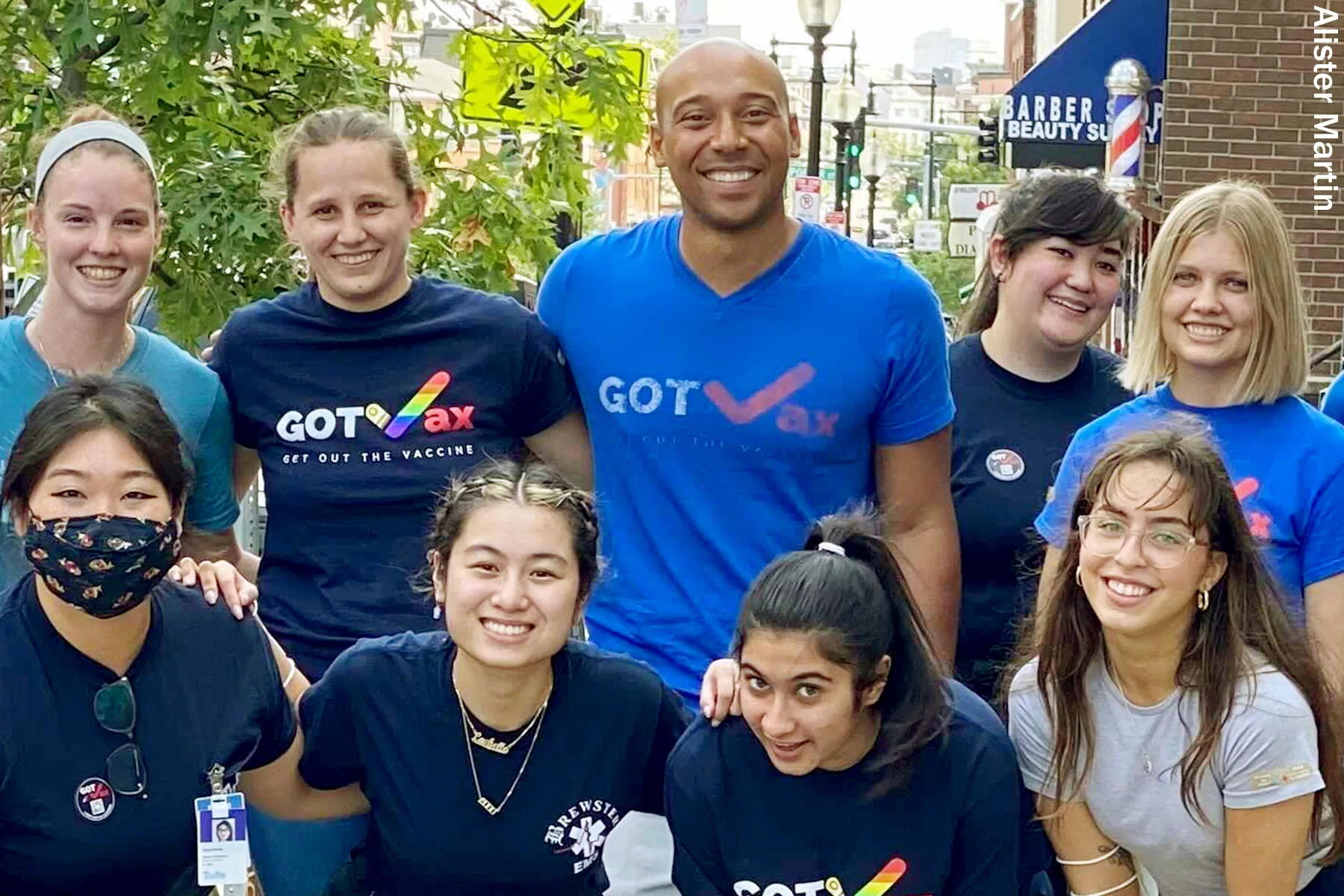Report: Understanding Trauma For Cops, Lawyers and Investigators Exposed To Video Evidence
In the digital age, the criminal justice world relies more on video evidence. Researchers interviewed police, investigators and legal professionals about how it can become a secondary source of trauma.

Criminal justice professionals rely more on ever-advancing video evidence in the digital era. Still, a recent Journal of Interpersonal Violence study warns that exposure to the evidence can be a secondary trauma source.
The study, “Workplace Trauma in a Digital Age: The Impact of Video Evidence of Violent Crime on Criminal Justice Professionals,” was written by Arija Birze, a postdoctoral fellow at the University of Toronto, Kaitlyn Regehr, a lecturer at Kent University, and Cheryl Regehr, a social work professor at the University of Toronto.
Facebook has paid $52 million in a class action settlement to moderators who review uploaded videos for not safeguarding their workers’ mental health. Many of those workers developed PTSD on and after the job. Criminal justice professionals repeatedly watch similar and often more disturbing material but receive little support.
To see how that exposure impacts officers, lawyers and other workers in the field of criminal justice, the authors of “Workplace Trauma in a Digital Age” interviewed 16 criminal justice professionals on their work with video evidence of violent crimes.
While criminal professionals are often exposed to real-time traumatic events, researchers found that the digital era has opened the door for secondary traumas.
“It sticks with you,” said one senior officer with over 30 years of supervisory and investigative experience. “You see things that other people only hear about, so you are constantly taking in other people’s trauma.”
Like all other sources in the study, the officer was kept anonymous through a pseudonym. In this case: Indigo. Indigo, throughout their career, has reviewed videos that include footage of homicides, sex crimes and child exploitation.
“You’re going to watch it over and over and over,” Indigo said. “You’re going to watch it so that it becomes sort of second nature to you.”
The study’s authors established six categories to present their findings, analyzing their conversations with interviewees for commonalities.
The Ubiquity of Violent Video Evidence
With nearly everything caught on camera, high-quality video and audio evidence is ever present in the criminal justice world. According to the study, the prevalence of video evidence has increased so significantly that several police departments have established units dedicated to analyzing it.
“I do think it is so common that people now expect it like, ‘where’s the surveillance video.’ Why didn’t someone capture that on a camera? Was there any video captured of that?” said a lawyer with over 15 years of experience interviewed in the study.
Proximity to Violence Through Video Evidence
One of the study’s interviewees likened video evidence to watching a movie on a 4K TV. Some units, like national security investigators, regularly view videos like beheadings and other forms of violence.
“Video evidence is more real because it shows you exactly what happened,” said a judge interviewed in the study with over 40 years of experience in criminal and appeals court proceedings. The judge continued to describe the benefit of “more real” evidence, which partially reveals the potential traumas for the viewers. According to the study, graphic videos may be more traumatic than still images alone.
Blindsided through Lack of Preparedness
While awareness has increased recently, there needs to be more emphasis on video evidence’s impact on a person, and that means one thing: training and preparedness. A number of interviewees mention that they felt they, or others they worked with, were unprepared for the types of audio/video evidence they’d see and how it would make them feel.
“You’re kind of blindsided by what can be very distressing imagery” because “nothing ever really prepares you for what you’re going to see,” an early-career lawyer who litigates sex crime and violent assault cases told the researchers.
Repeated Exposures
In evaluating the graphic evidence, many criminal justice professionals must review the material several times. Then, as one interviewee described, one must “immerse” themselves in the video to capture all the necessary information, increasing the potentially adverse effect to their mental health.
“You’re going to want to watch it when you first screen the case. You’re going to want to watch it as you prepare your witnesses,” said one lawyer with experience litigating child abuse, violent assault and sexual violence cases. “You’re going to watch it in court. You’re going to watch it again when you’re doing your closing submissions.”
Insufficient Customary Self-Protections
The researchers recounted how criminal justice professionals often “detach” themselves from the work to mitigate traumatic effects or attempt to separate the stress of work from their home lives. But interviews showed that this kind of disconnect could be difficult, if not impossible, when explicit videos of violence and other traumatic events are so prominent online, and may itself be traumatic: at least one participant discussed how they felt alienated from their own identity because of how they distanced themselves from the traumatic content they were reviewing.
“I had my blinders on. And I had my blinders on from day one until that finished,” said a law clerk who has worked in case prep and evidence reviews for over 25 years in one interview. “I let go of my person, who I was. And it’s almost like I became a robot.”
Enduring Impact of Video
According to the study, traumatizing video evidence can have a longer-lasting effect on someone in part because it engages the brain both on a visual and auditory level, making it more emotionally influential.
Ultimately, the images and videos investigators and criminal justice workers see may stick with them forever.
“I can still see the images and hear them. I don’t think that it will ever go if it hasn’t by now,” said one senior officer of over 30 years who led specialized units tackling major crimes. “I think those kind of scars will probably always be there.”
Pointing to the work of organizations in other trades, like the Dart Center for Journalism and Trauma and the Eyewitness Media hub, the report’s authors provide a few recommendations for ways departments and workplaces can mitigate the negative impact of video evidence:
- Emulate training strategies for safer viewing of graphic videos used by human rights investigators and other organizations that have tackled exposure trauma, discarding what won’t work in the criminal justice context (like skipping audio/video that is especially explicit), but embracing what can;
- Consider limiting exposure by capping the number of videos/cases a person can review during a specific period, sharing workloads, creating space for shared discussions of the material between workers who understand or drawing explicit boundaries between work and home; and,
- Support efforts by employees to prepare for exposure by proactively introducing things like trauma training, labeling graphic content that is shared and reviewed and encouraging employees to seek help.
The full report, “Workplace Trauma in a Digital Age: The Impact of Video Evidence of Violent Crime on Criminal Justice Professionals,” published in volume 38 of the Journal of Interpersonal Violence, can be read here.

 Landwebs
Landwebs 


















